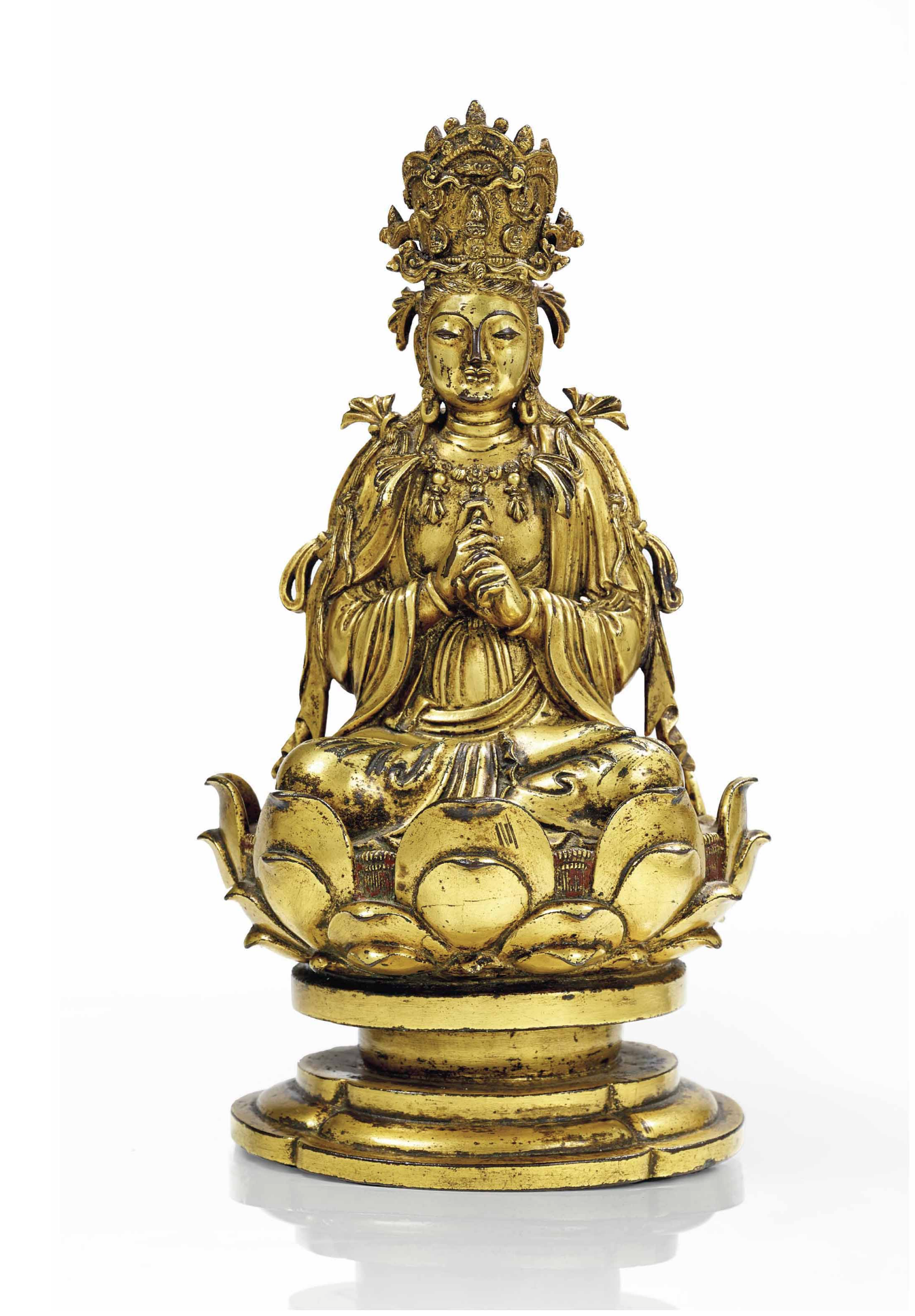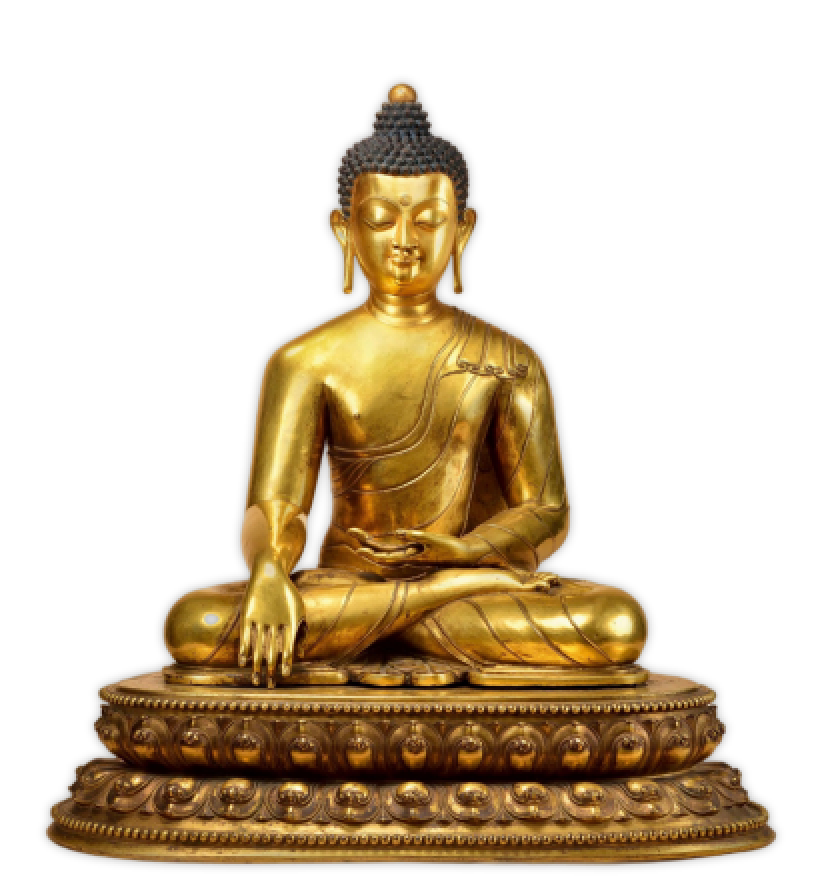BUDDHIST STATUES

Gilt Bronze Seated Mahāvairocana Statue
Liao Dynasty
Buddhism reached China in the Eastern Han dynasty. Exquisitely splendid, for the last 2,000 years, the appearance of Buddhist statues in the land of China becomes the classical example that demonstrates the formation of Chinese civilization is the result of religion and culture integration. Highly selective, the museum’s collection of Buddhist statues and implements are among the exemplary pieces of the Northern Wei to Qing dynasty. Deji Art Museum aims to uncover the styles and features of Buddhist art in China, at the same time, showcasing the profound influence and significance that the museum plays in promoting Buddhism in Nanjing.
The museum’s collection of Buddhist statues is elaborately carved and stylized, the gestures and postures of Buddhist statutes demonstrate the clearly defined and structurally balanced beauty of their profiles and figures. In this collection, the gilt bronze Buddhist statue of the Ming Yongle reign is marvelously intriguing. The collection of Buddhist implements comprises three categorical classification according to their purposes: daily spiritual practice, ceremonial worship and salutation, demonstrating the their exquisite qualities and craftmanship.

Gilt Bronze Śākyamuni Statue
14th Century

Gilt Bronze Seated Mahāvairocana Statue
Liao Dynasty
Buddhism reached China in the Eastern Han dynasty. Exquisitely splendid, for the last 2,000 years, the appearance of Buddhist statues in the land of China becomes the classical example that demonstrates the formation of Chinese civilization is the result of religion and culture integration. Highly selective, the museum’s collection of Buddhist statues and implements are among the exemplary pieces of the Northern Wei to Qing dynasty. Deji Art Museum aims to uncover the styles and features of Buddhist art in China, at the same time, showcasing the profound influence and significance that the museum plays in promoting Buddhism in Nanjing.

Gilt Bronze Śākyamuni Statue
14th Century
The museum’s collection of Buddhist statues is elaborately carved and stylized, the gestures and postures of Buddhist statutes demonstrate the clearly defined and structurally balanced beauty of their profiles and figures. In this collection, the gilt bronze Buddhist statue of the Ming Yongle reign is marvelously intriguing. The collection of Buddhist implements comprises three categorical classification according to their purposes: daily spiritual practice, ceremonial worship and salutation, demonstrating the their exquisite qualities and craftmanship.


